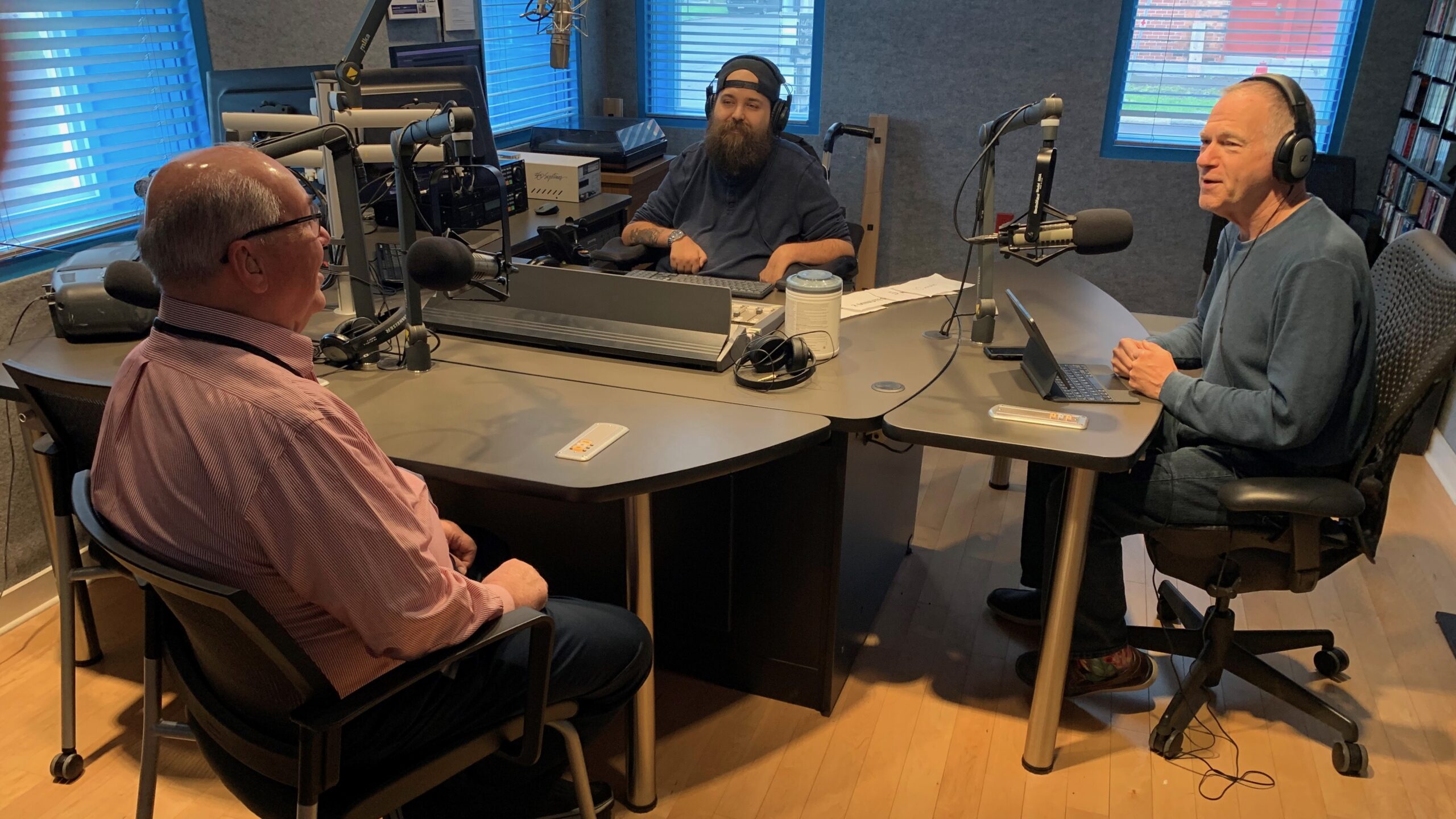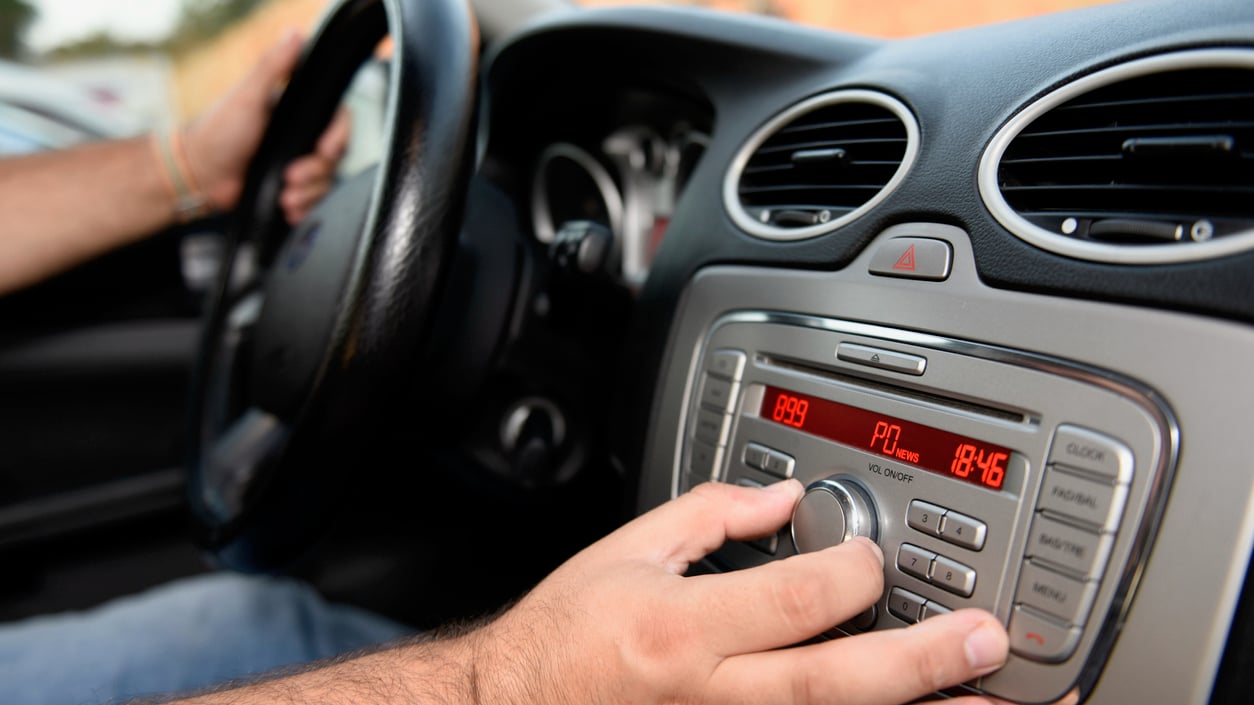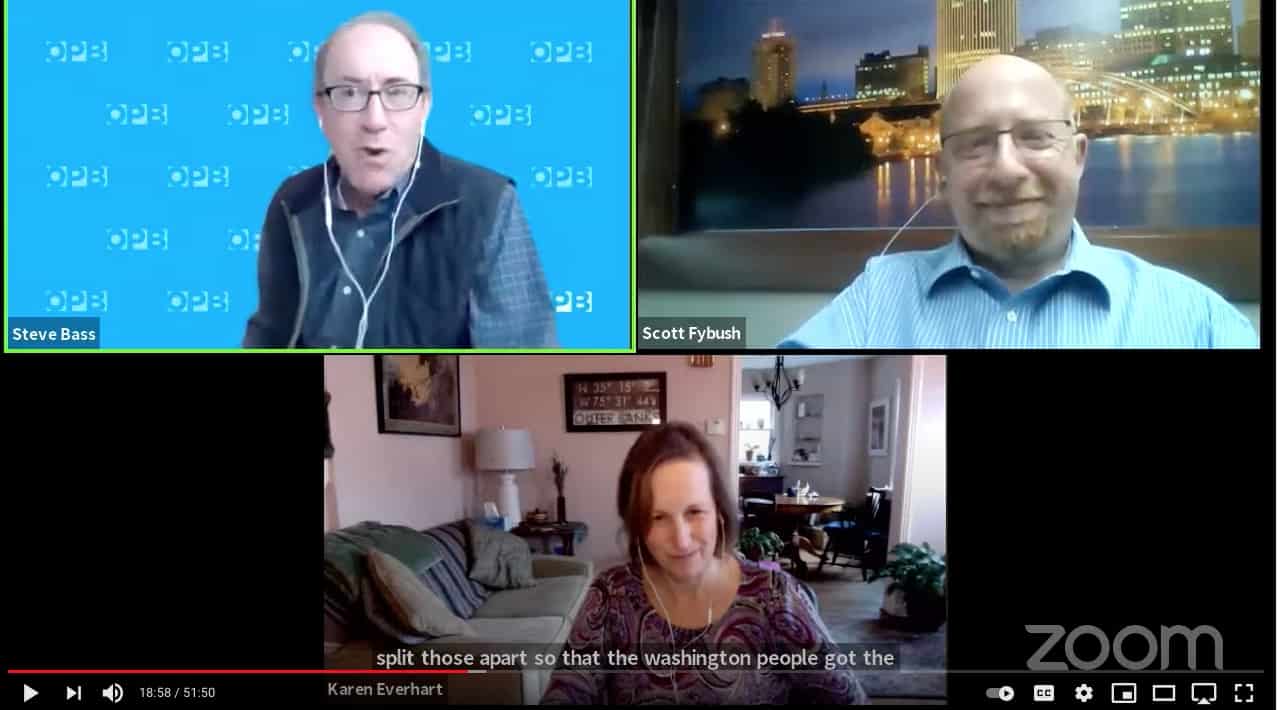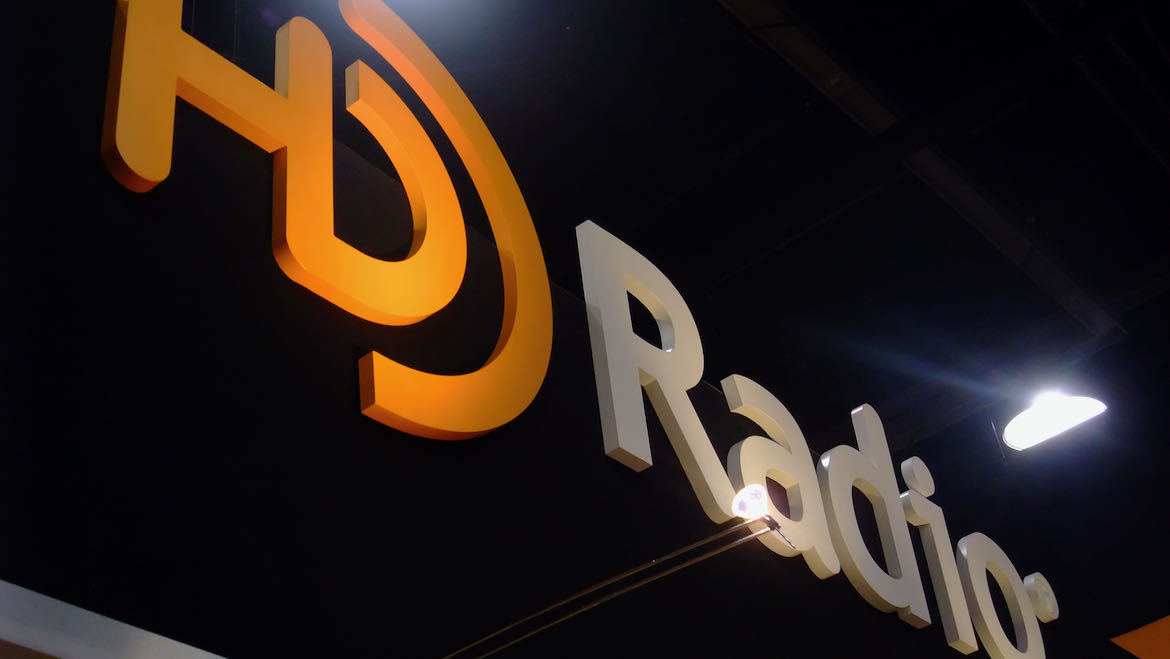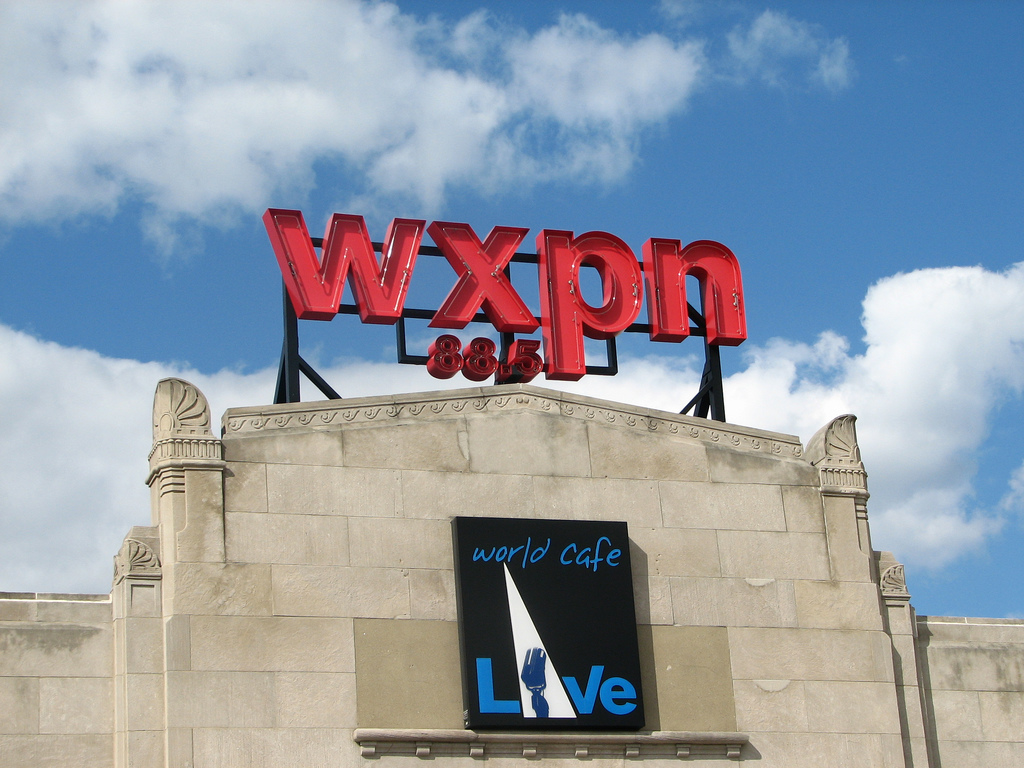Tag: HD Radio
WUNC to end its music stream and HD2 service
Radio listening trends and economics are too challenging to justify acquiring a terrestrial signal for the Triple A music service, says GM ...WCNY’s ‘CommunityFM’ stream brings new focus to HD channels, digital content
The station in Syracuse, N.Y., has started a stream of programs "about local people, local perspectives and positive stories about the community."New tech promises better signals, more interactivity and data options for pubcasters
At the NAB Show, broadcast tech companies rolled out FM boosters that enable "zonecasting" and previewed the next-generation capabilities they're developing ...Stuck in KUOW purgatory: Seattle Mazda drivers can’t change the radio dial
Seattle's KUOW often hears from listeners who say that their car radio is always set to 94.9. But now some drivers don’t ...Watch our webinar about ATSC 3.0 and HD Radio
We discuss these technologies with Steve Bass, CEO of Oregon Public Broadcasting.As some stations end HD Radio signals, others hold out hope for audience adoption
HD Radio may not have met high expectations in the industry, but some station leaders still see value in its capacity to ...After WNKU sale, Cincinnati station adds Triple A service
Cincinnati Public Radio hopes to attract WNKU listeners after the station is sold.WUNC adds Triple A music stream for online and HD Radio
“We've been dreaming about this for years, and it’s thrilling to see it finally launch.”Creator of HD Radio will be acquired for $172 million
The deal is expected to close later this year.Friday roundup: Diane Rehm’s right-to-die advocacy, Pacifica perpetually on the brink, and more
Plus: grants, HD Radio and public radio in classrooms.In Tampa, college broadcasters find advantages in pubradio affiliation
The University of South Florida’s student-run radio station has forged a three-year partnership with Tampa’s WUSF Public Media to broadcast its programming ...Slow growth for HD Radio
Nearly a decade after HD Radio went live on its first station, iBiquity Digital Corp., the company that developed and sold the ...WXPN offering XPoNential Triple A stream for HD broadcasts
Philadelphia’s WXPN began independent syndication of XPoNential Radio, its 24-hour stream of Triple A music programming, after NPR discontinued its service providing packaged HD ...What public stations should consider about upgrading HD Radio power
Two of NPR’s top technologists recently back from the NAB Show share the microphone to weigh the pros and cons for stations ...For WAMU and its listeners, HD Radio means more slices of pie to go around
As a self-proclaimed evangelist for HD Radio, I am often asked why I have inculcated it so deeply in the workings of ...



